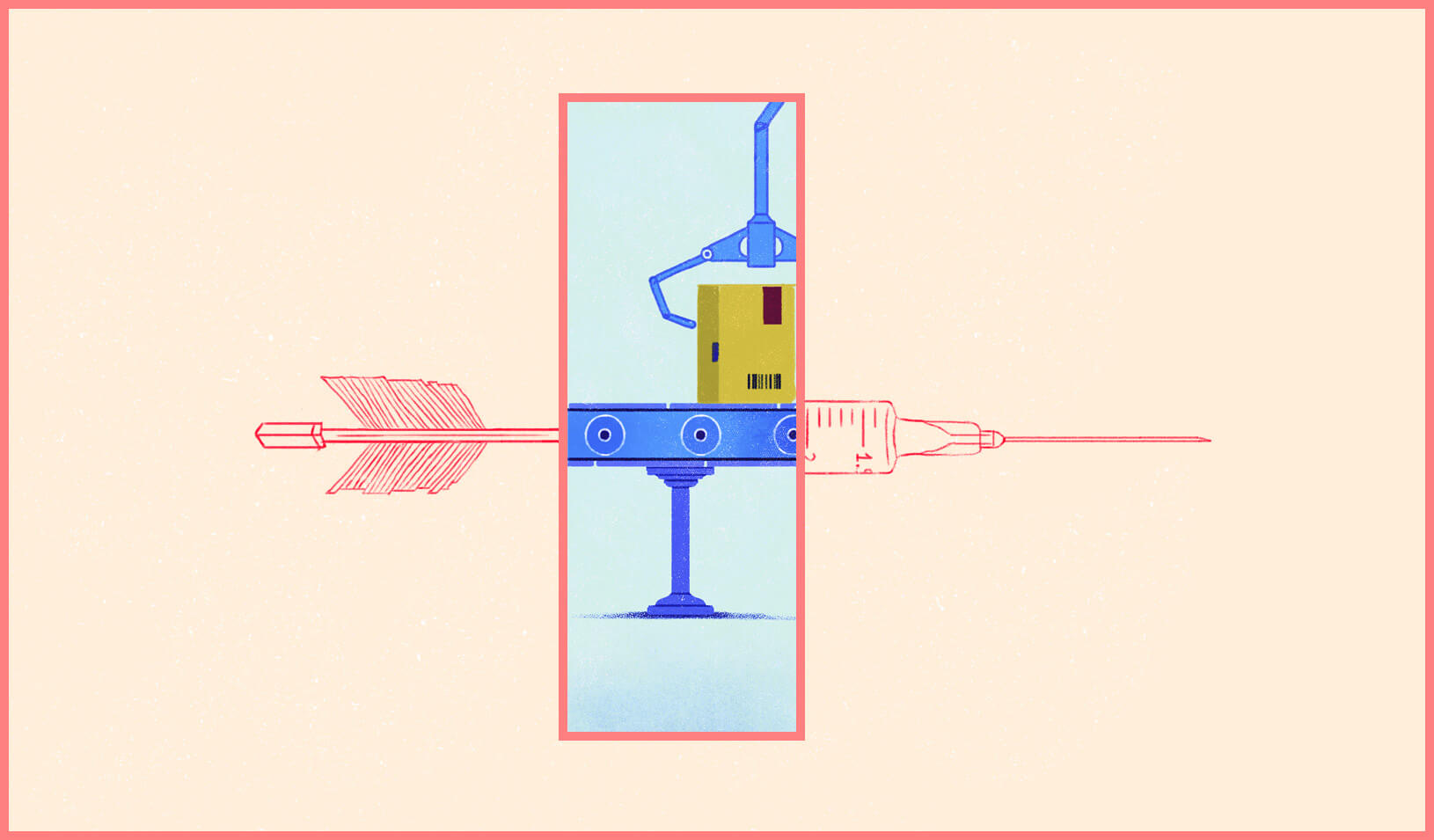
In Iran, people of all income levels pay for kidney transplants, but most of the donors are poor. | Reuters/Michael Buholzer
For anyone who has end-stage renal failure, the best hope for long-term survival is a kidney transplant. Here in the United States, they could be in for a long wait. Today, more than 100,000 Americans are waiting to receive kidneys, and 3,000 new patients are added to the queue each month, according to the U.S. Department of Health and Human Services and the National Kidney Foundation. The median wait time for a kidney transplant is more than three years. As a result, 13 people in the U.S. die every day while waiting for a donor.

Mohammad Akbarpour | David Elliot
Although many medical associations, ethicists, religious leaders, and doctors have condemned the sale of kidneys on the open market, in Iran — the one place in the world where it’s legal — there is a very short wait list for kidneys, and very few people die because they can’t find donors.
Iran’s paid kidney market emerged after the country’s revolution at the end of the 1970s. In the early ’80s, foreign sanctions against the government inhibited its ability to get dialysis machinery. The number of Iranians needing a kidney transplant, however, kept increasing, so in 1988 the government organized a system that regulated and funded kidney transplantation. Their system included compensation for donors.
Officials euphemistically described the money given to each donor as a “gift,” says economist Mohammad Akbarpour, an assistant professor of economics at Stanford Graduate School of Business, who, has been working with several colleagues to study Iran’s market and unpaid kidney exchange markets globally. “They were paying for it, but using different words,” says Akbarpour. The system worked so well that the kidney transplant wait list in Iran was nearly eliminated by 1999.
“We have this discussion in the West about what would happen if you have a paid market for kidneys,” says Akbarpour. “The expectation has been that poor people will be selling their kidneys to rich people. But the debate has been largely based on speculations, as opposed to evidence.”
Akbarpour looked at five years’ worth of data about kidney sales and transplantation in the country, and his preliminary findings show that the average wealth of those buying kidneys is almost exactly the same as the average wealth of Iranians. Most of the payment for each transplant comes from the patient, not the government.
“It’s not just rich people who can buy a kidney in Iran,” he says. “Even poor people find the money for it, because it’s so valuable. There are also charities they can tap.”
But one suspected consequence of a cash market for kidneys did turn out to be true: Poor people sell kidneys far more than any other economic group. In Iran, most kidneys come from those whose incomes are in the bottom 25% of earners.
Huge Demand, Low Supply
Akbarpour began taking a closer look at kidney-exchange markets in graduate school, when he became aware of the bleak outlook for those waiting for a transplant. He was looking for ways to optimize and improve it. Although kidneys can come from a live or deceased donor, Akbarpour says the chances that a kidney will be blood-type and tissue-type compatible with a patient is very low. “From a purely economic standpoint,” he says, “what you have is a huge demand and a low supply.”
About 15 years ago, kidney exchange markets — barter markets, not cash — were introduced globally. Today, more than 500 patients in the U.S. receive kidneys annually through these exchange markets, which match incompatible donor-patient pairs with other donor-patient pairs, and the number is growing fast. “Suppose I need a kidney and my sister is willing to donate but her blood type is different than mine,” explains Akbarpour. “And suppose you need a kidney and your sister is willing to donate but you and she also have different blood types. We find out that my sister is a compatible donor for you and your sister is a compatible donor for me. So we’re a match.”
Looking for Efficiency
Kidney exchanges have enabled more matches than ever before. Thousands of people are in need of a kidney and have willing donors that are not biologically compatible with them, so having a wider pool of potential donors makes a match more likely. Still, these kidney exchanges don’t operate as efficiently as they could, says Akbarpour, who is working to use data from the medical community to make the system as efficient as possible.
His research has shown that most exchanges don’t adequately take into consideration the fact that every kidney market is in a continuous state of change, with would-be donors and recipients constantly dropping in and out. He has been critical of these markets because they don’t consider the pairing pool’s dynamic nature. “You miss a crucial aspect of the problem if you ignore it.”
He interviewed kidney exchange managers to determine how often they look through their pool of applicants to find matches. Akbarpour is working to determine an optimal waiting time — whether that’s matching people daily, weekly, monthly, or quarterly. But even with that problem solved, Akbarpour says, about 20 percent of patients still won’t find a match under the current system: “Although we can improve the efficiency of the matching algorithm, the other solution is obvious: Increase supply.”
One way to do that is to bring in donor-patient pairs from other countries and cover the cost of their transplant operation and follow-up care in exchange for the matching kidney donation. In the U.S., dialysis costs Medicare roughly $120,000 a year per person, which works out to about 6% of all Medicare expenditures, says Akbarpour. That means a single transplant saves about $300,000 in dialysis costs in the first five years. “It’s a self-financing proposal,” he says.
Although buying and selling kidneys remains illegal outside of Iran (the U.S. made selling organs a federal crime in 1984, after passage of the National Organ Transplant Act), Akbarpour considers it viable, but he’s not advocating one option over another.
However, he says, if a country wants to have a successful paid market for kidneys, it will have to make an effort to eliminate the stigma attached to the idea of selling one’s organs. “If we want a paid market to be successful, we have to be able to celebrate it,” says Akbarpour. “After all, they’re saving a life.”
For media inquiries, visit the Newsroom.






